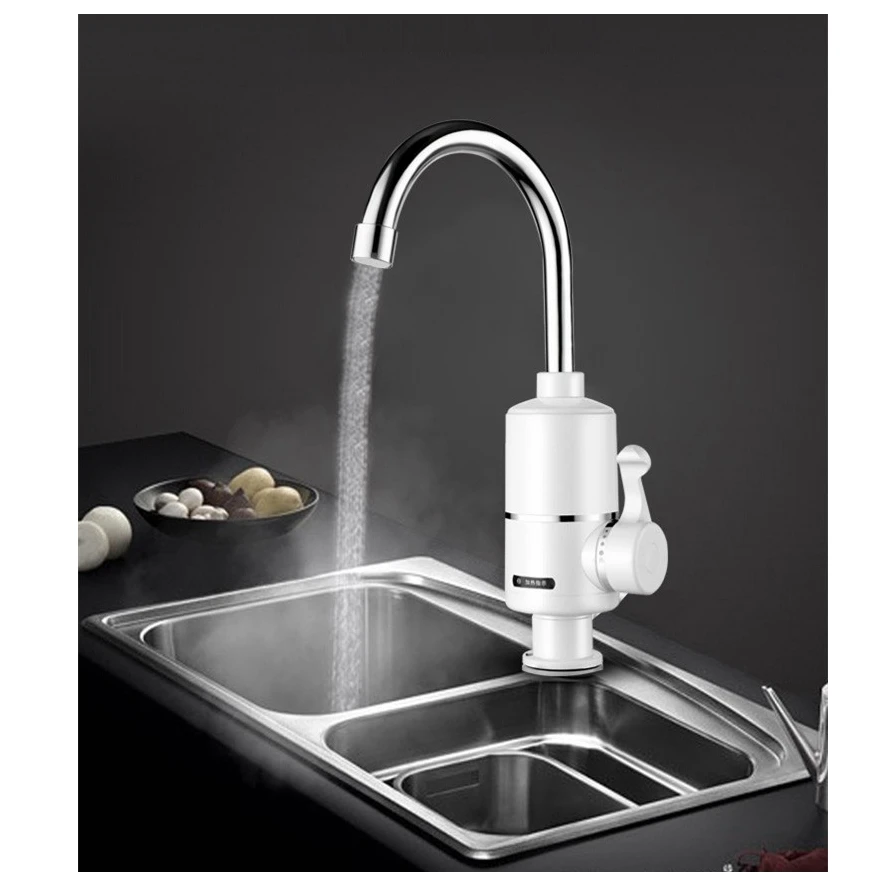Introduction to Instant Hot Water Systems
Instant hot water systems, also known as tankless water heaters or on-demand water heaters, are rapidly gaining popularity due to their efficiency and convenience. Unlike traditional water heaters that store and continuously heat a large volume of water, instant hot water systems heat water only when needed. This innovative approach not only saves space but also reduces energy consumption and ensures that you never run out of hot water. In this article, we will explore the key benefits, functionality, installation considerations, and cost implications of instant hot water systems.
How Instant Hot Water Systems Work
Instant hot water systems operate on a straightforward principle: they heat water directly as it flows through the unit. When a hot water tap is turned on, cold water enters the unit and passes through a heat exchanger. This heat exchanger, which can be powered by gas or electricity, rapidly warms the water to the desired temperature. Because the system heats water on demand, there is no need for a storage tank, which means you benefit from a constant supply of hot water. Additionally, this method minimizes the risk of running out of hot water, as there is no pre-heated reserve to deplete.
Benefits of Instant Hot Water Systems
One of the primary advantages of instant hot water systems is their energy efficiency. Traditional water heaters continuously maintain a large volume of water at a set temperature, leading to significant energy losses through standby heat loss. Instant systems, on the other hand, only heat water when necessary, which can lead to substantial energy savings. Furthermore, these systems are space-efficient due to their compact size, making them ideal for small homes or apartments. Instant hot water systems also offer the convenience of endless hot water, eliminating the need to wait for a tank to refill or reheat.
Installation and Maintenance Considerations
When it comes to installing an instant hot water system, several factors must be considered. First, you need to choose between a gas-powered or electric model, depending on your home’s existing infrastructure and energy preferences. Gas models generally have a higher flow rate and are more suitable for larger households, while electric models are easier to install and may be better for smaller homes. Professional installation is recommended to ensure that the unit is correctly sized and installed to meet your hot water needs. Regular maintenance is also crucial to keep the system running efficiently; this includes descaling the unit to prevent mineral buildup and checking for any potential issues.
Cost Implications of Instant Hot Water Systems
The initial cost of an instant hot water system can be higher compared to traditional water heaters, primarily due to the advanced technology and installation requirements. However, this upfront investment is often offset by long-term savings on energy bills, as these systems are more efficient. Additionally, many governments offer incentives or rebates for upgrading to energy-efficient appliances, which can help reduce the overall cost. It is important to consider both the initial expense and the potential savings when evaluating whether an instant hot water system is the right choice for your home.
In conclusion, instant hot water systems offer a range of benefits, including energy efficiency, space savings, and a continuous supply of hot water. Understanding how these systems work, their advantages, and the considerations for installation and maintenance can help you make an informed decision. While the initial cost may be higher, the long-term savings and convenience make instant hot water systems a valuable investment for modern households.








Leave a Reply